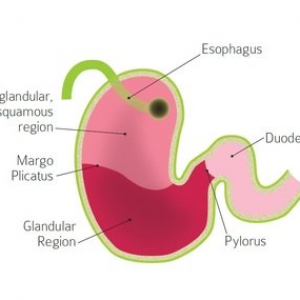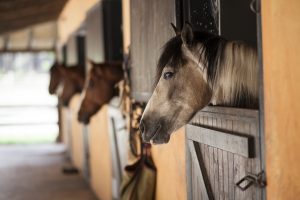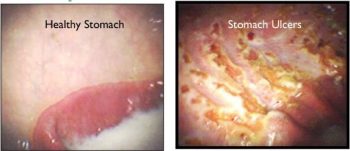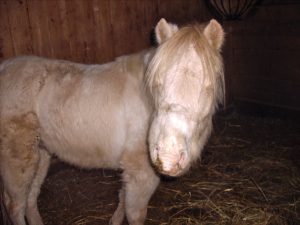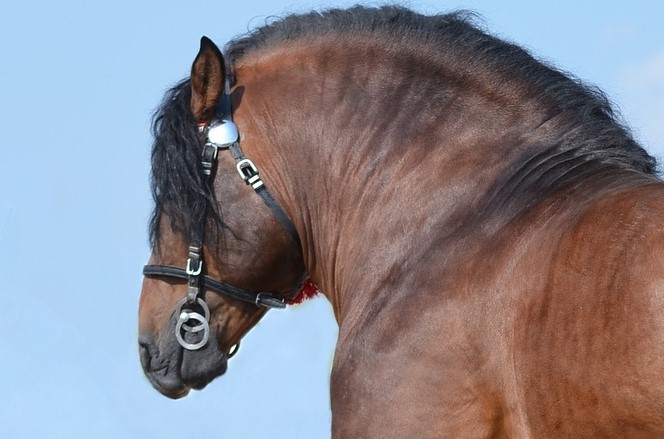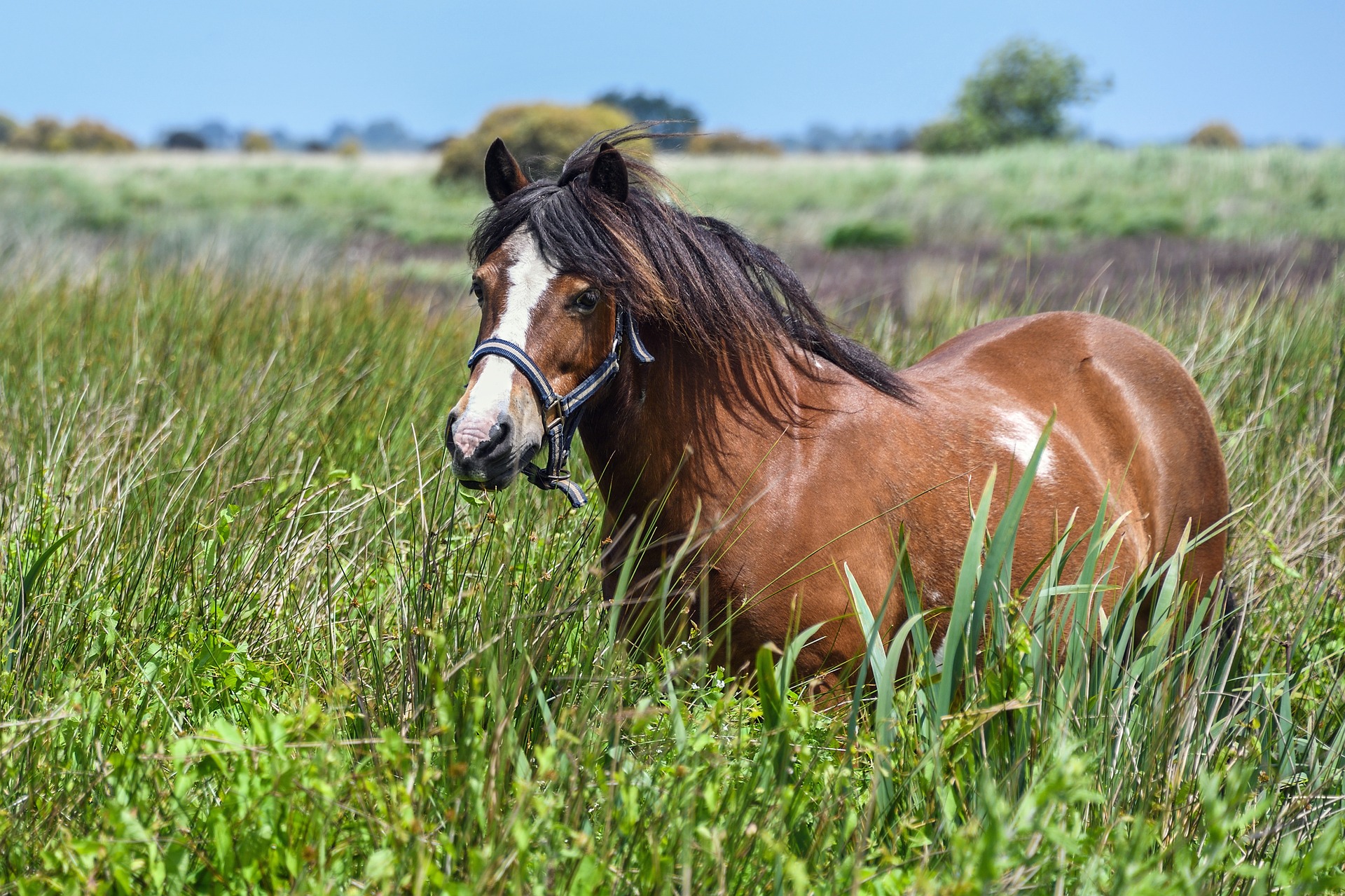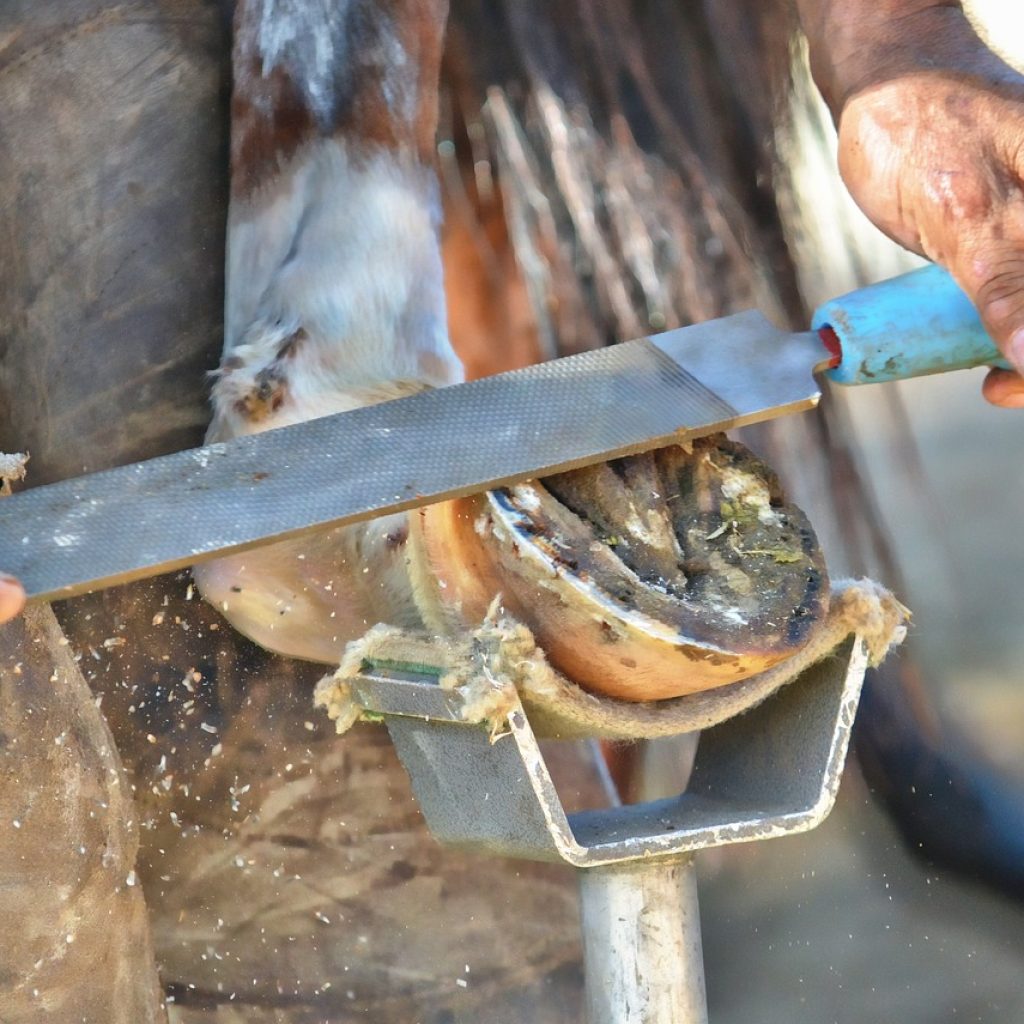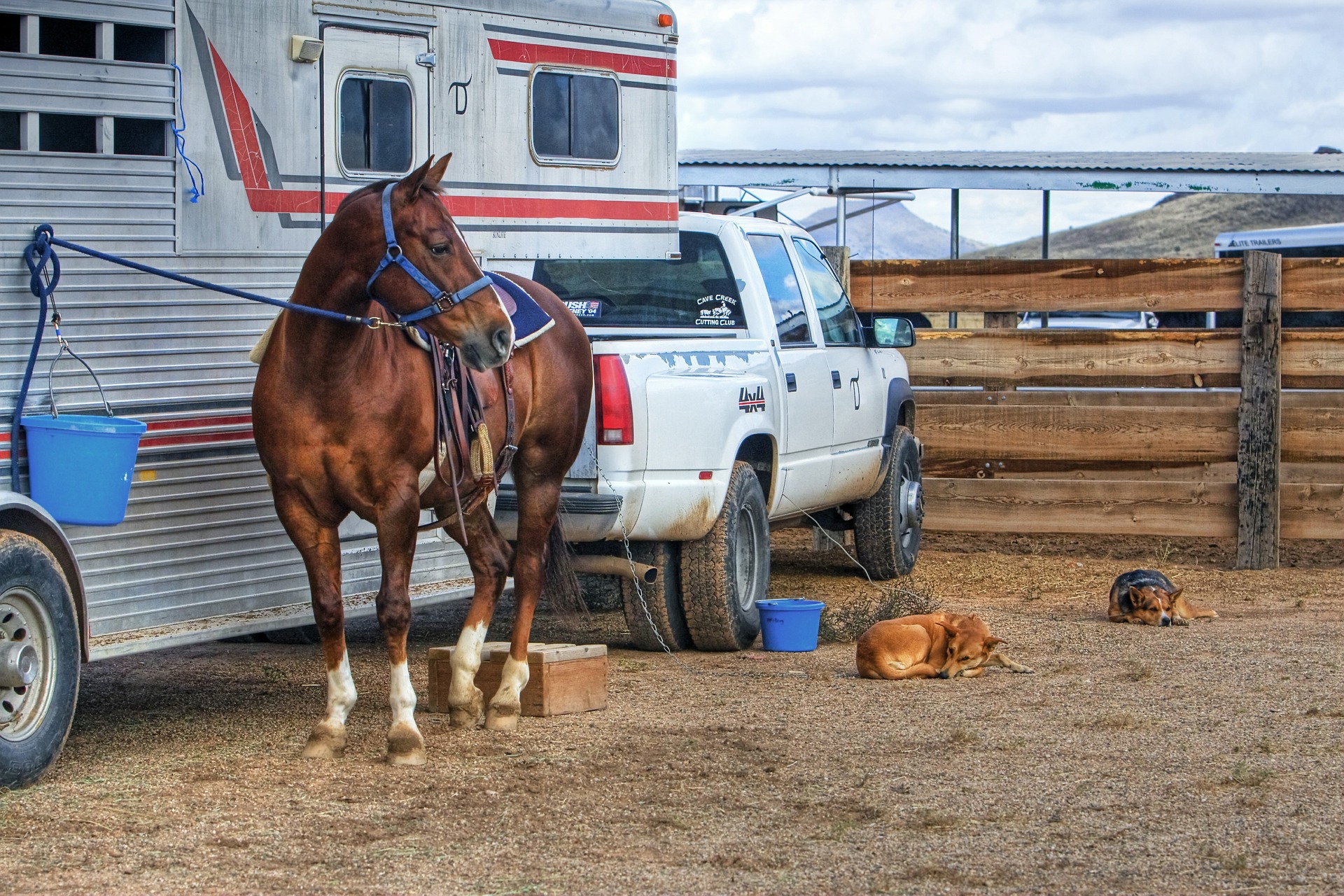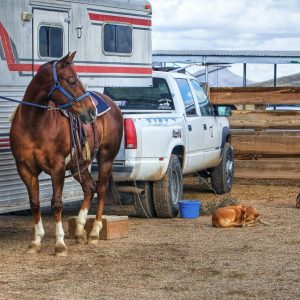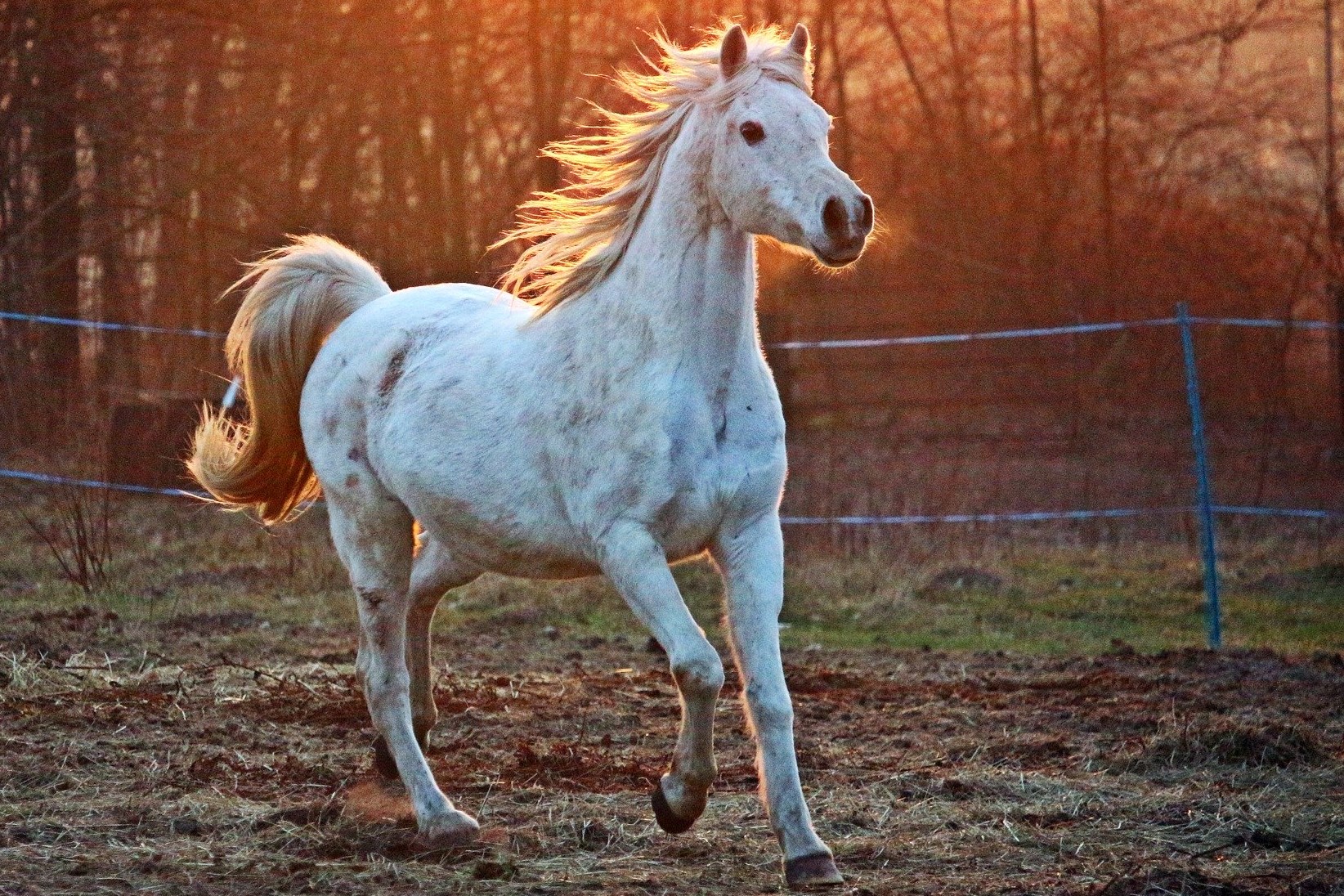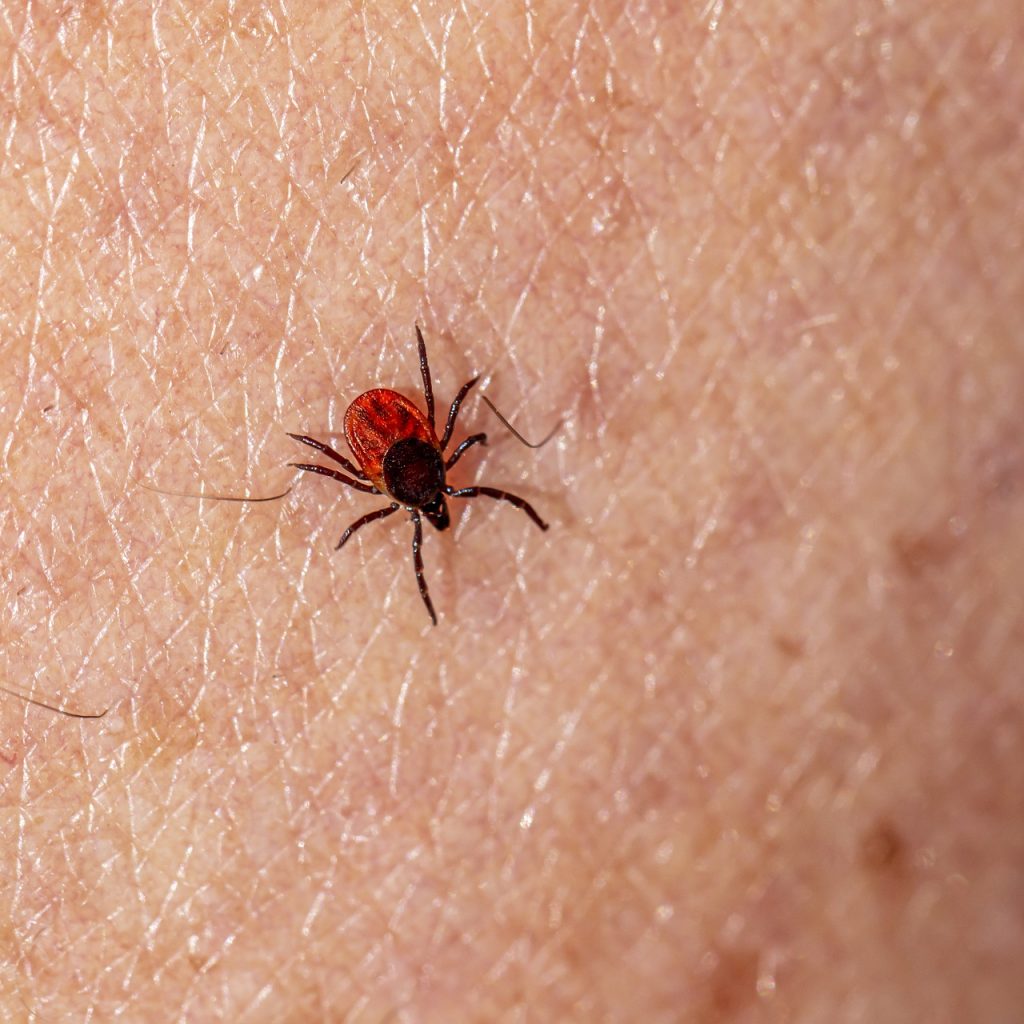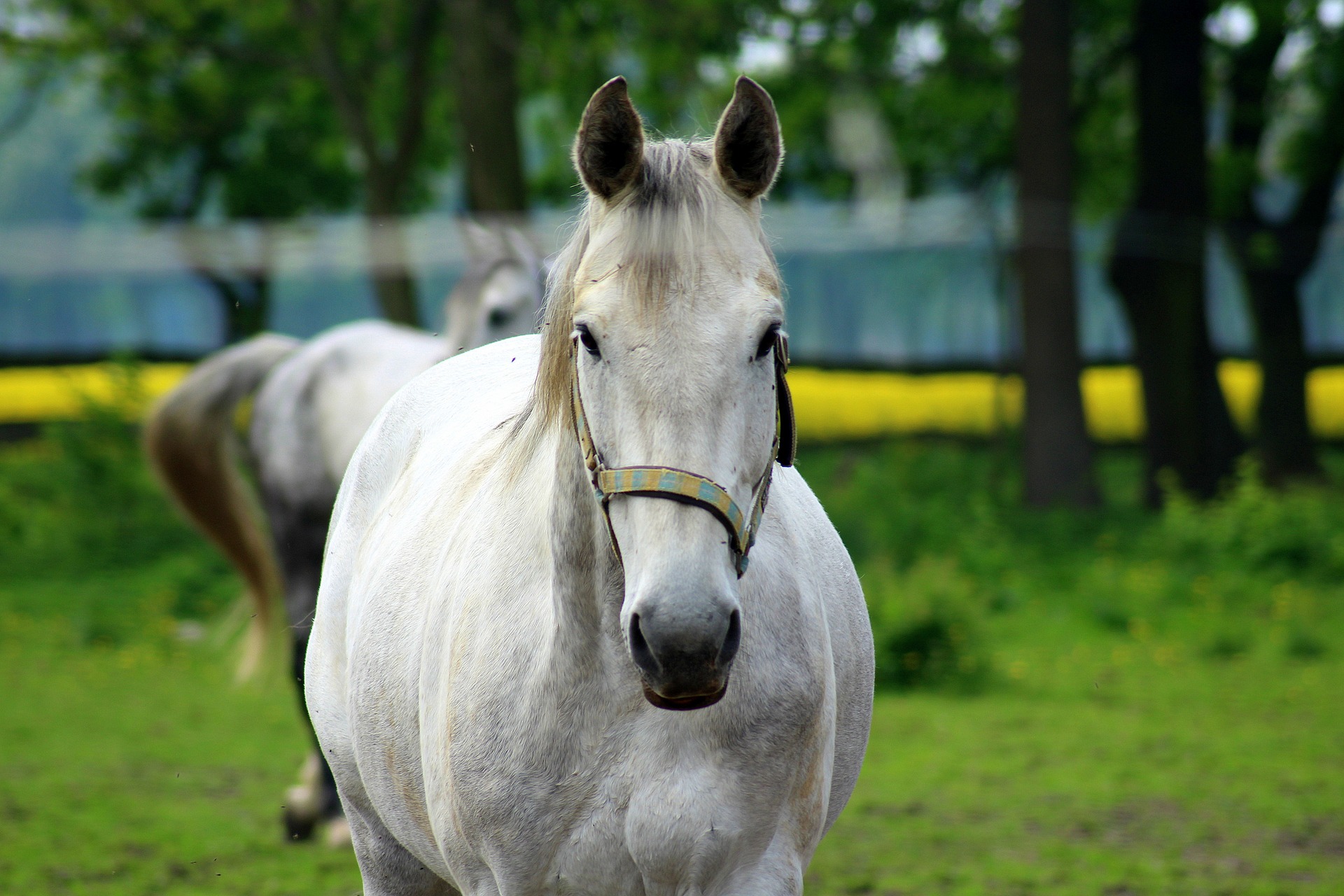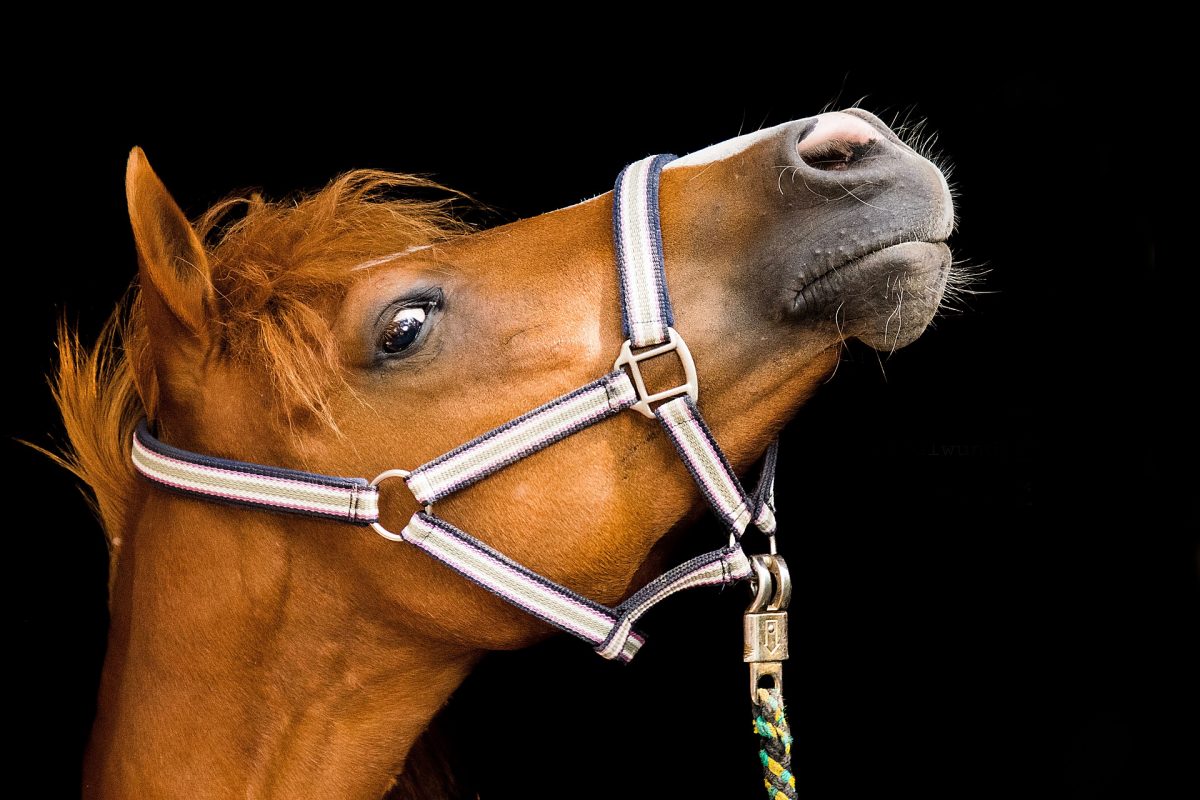Equine Skin Cancers
Skin tumors in horses are not uncommon. While a tissue biopsy is the definitive way to identify the tumor type, location and appearance can offer clues for identification.
Sarcoids
Sarcoids are the most common skin tumor in horses and can be separated into different types depending on appearance.
- Occult sarcoids are the earliest form of sarcoids and can progress to other forms or remain quiet for years. They vary in size and range from a roundish area of slightly different hair type to a gray hairless circular area. The skin can feel thickened and may resemble a rub from tack or ringworm lesion.
- Verrucous sarcoids appear gray and scaly or wart-like. They can also become ulcerated and the skin in this area may crack easily.
- Nodular sarcoids are obvious firm masses which may be attached within the skin or the skin may be separate from the nodules. The axilla (arm pit), eyelid, and inner thigh are common locations for nodular sarcoids.
- Fibroblastic sarcoids are aggressive and ulcerative in appearance. They can occur anywhere on the horse’s body. The other types of sarcoids can evolve into the fibroblastic type from local trauma and irritation. Fibroblastic sarcoids are further divided into subtypes based on the extent of their attachment to deeper tissue.
- Mixed sarcoids have characteristics of some or all the types listed above.
- Malevolent sarcoids are fortunately the rarest form. These sarcoids are highly aggressive and spread extensively throughout the skin, with ulcerative and nodular cords of tumor tissue.
While sarcoids can be locally invasive, they typically do not spread throughout the rest of the body. However, they can be frustrating to treat, become very inflamed, and occur in locations that interfere with tack.
Unlike some of the other types of skin cancers, there does not seem to be a color predisposition to development of sarcoids. The development of sarcoids is the result of an individual horse’s immune system/genetic susceptibility and exposure to the bovine papilloma virus.
The location and type of sarcoid determines the best treatment. Unfortunately, there is not any one treatment approach effective for all sarcoids, and individual sarcoids of the same type may respond differently to the same treatment. Treatment can involve topical chemotherapy or chemotherapy injected into the sarcoid, surgical excision, laser surgical excision, immune therapy, electrochemotherapy, or radiation. Incomplete removal of a sarcoid can lead to recurrence at the same site and a more aggressive sarcoid.
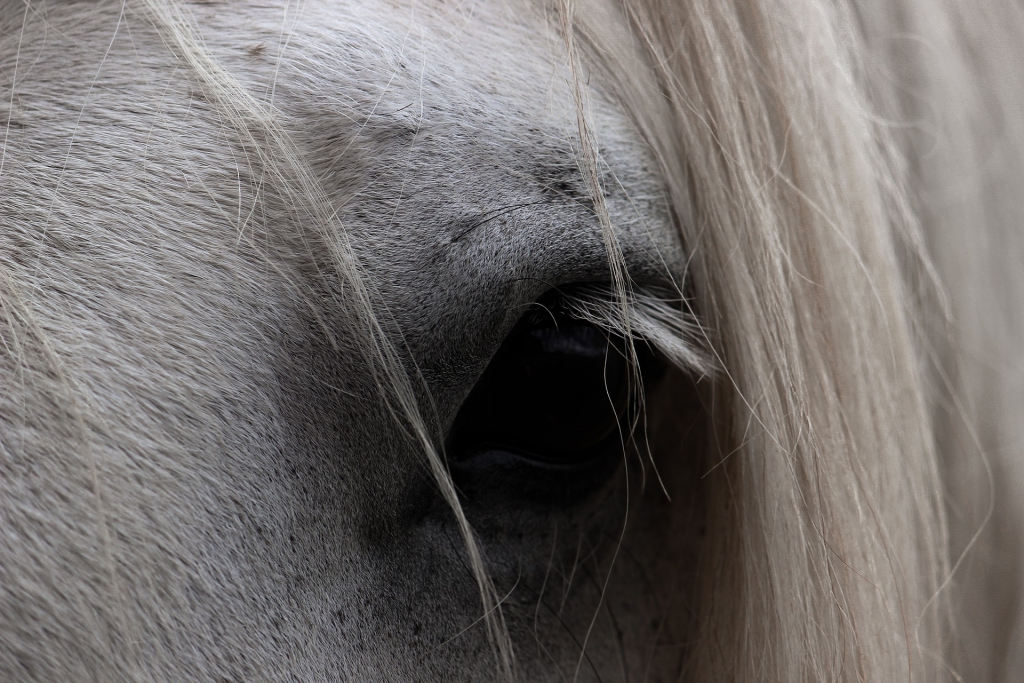
Squamous cell carcinoma
Squamous cell carcinoma (SCC) is the second most common skin cancer in horses. This tumor type develops from skin cells and is seen more commonly on pink skin. Common locations include the eyelids and external genitalia. In addition to horses with pink skin, such as Appaloosas and paints, Belgians and Haflingers may be predisposed to SCC.
Early SCC can appear as a depigmented patch of skin or dry crusting area, progressing to an ulcerated, raised, or cauliflower-like mass. It is best to be proactive about these lesions early, since removal becomes more challenging with increasing size. Always closely monitor areas of pink skin on your horse.
Treatment options for SCC include surgical removal of the mass, local treatment with chemotherapy, CO2 laser treatment, and cryotherapy. Larger and more complex masses, or those involving significant portions of the eye or eyelid might require removal in a hospital setting by a surgeon. At-risk horses benefit from wearing a UV-protective sheet when UV-exposure is high, as well as a UV-protective fly mask. Remember to check your horse’s eyes daily when wearing a fly mask.
Melanomas
Although human melanomas are frequently associated with UV-exposure, melanomas in horses are usually associated with coat color, with up to 80% of gray horses developing melanomas at some point during their lifetime. Melanomas arise from melanocyte cells, which produce the pigment of the skin. Depending on tumor location, melanomas can dramatically impact the horse’s quality of life. At times they may ulcerate and exude a tarry dark substance (melanin).
Common locations of melanomas include the underside of the tail, around the rectum and external genitalia, and around the mouth. Melanomas can also spread to internal organs, such as the liver, spleen, and lungs. Surgical removal of external masses when they are small is recommended, and surgical removal is more effective than medical therapies.
Medical therapies include local injection with chemotherapy, cimetidine (an antihistamine, with mixed results), and a newer option: a melanoma vaccine. A canine melanoma vaccine has already been developed, so similar research is underway for an equine melanoma vaccine. The idea is to create a vaccine unique to that horse to stimulate the immune system to target melanoma cells. While the vaccine does show some promise in reducing tumor size, it unfortunately isn’t a guaranteed cure.
Bottom line: be proactive in monitoring your horse’s skin, and contact your veterinarian if you observe any suspicious skin lesions.
Top of Form



